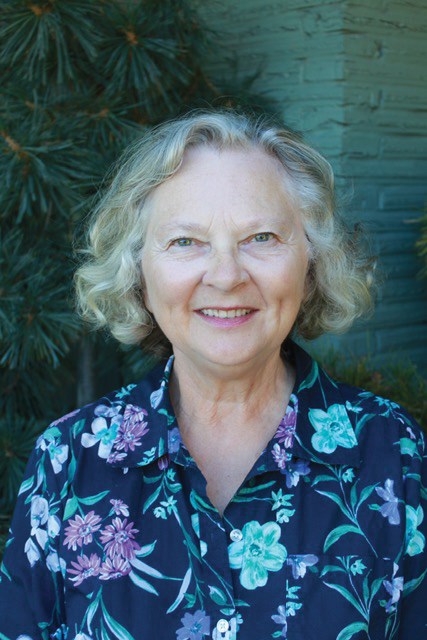It all began as a neighbourhood walking group for seniors in the early 1980s. How could we have predicted that in 2020, the group would become a lifeline, offering a sense of hope and belonging to seniors in the face of COVID-19?
When COVID hit, isolation among coastal seniors quickly became the norm. We gave up our social activities as we knew them, and let go of many regular get-togethers that brought so much meaning to our day. This is a small but mighty tale about how, from this isolation, a story of connectedness has emerged.
In pre-COVID times, Lynda Hind of Hopkins Landing would send walking group members daily reminders about their “neighbourhood walk.” Enter the pandemic of 2020. The walks stopped – but Lynda’s emails did not.
Her emails turned into a daily missive. With walking group participants shut inside, the 42 individuals on the group’s list started to look forward to receiving their daily email in lieu of participating in the daily walk. Like an embellished telephone tree, Lynda’s emails were both inspiring and uplifting, and felt especially meaningful for those living on their own.
The emails were simple, and yet they made all the difference. Imagine opening your computer each day to find a photo of a gorgeous floral bouquet or garden.
As pandemic days turned to weeks, then months, individuals began sending Lynda contributions to her bank of email ideas. Contributions ranged from the humorous to the useful to the nostalgic, from tidbits to thought-provoking ideas.
Folks shared links to videos and travel-logs, Netflix recommendations and even virtual museum visits. Photo sharing became popular. There were wedding photos, and snaps from the days of youth – things like photos of first jobs. There were fun things too, like photo-sharing of the oldest pieces of clothing we could find in our closets. Or, there were more involved montages showing the history of our homes – who used to live there, local history, etc.
As well, some folks shared research related to local wildlife. Do you know the difference between a seal and sea lion?
As people began to walk again, in twos, and socially distanced, individuals had much to talk about from the emails. Conversations and connections have grown deeper. People new to the community have been invited to join, and quickly make friends with folks in the network. As time has passed, some group members are no longer able to walk, but are at the window, waving.
Feedback on the emails has reminded all involved of the importance of staying connected, especially for those who are on their own. We wonder how other groups have maintained connections with those who may be isolated. What can we all take away from this experience and ensure that if – or when – a second wave hits, we have ways of ensuring isolated folks within our “spheres of influence” are connected and feel a sense of belonging? How might each of us make a difference for all of us?
In order to augment their Report on Social Isolation in Canadian Older Adults, members of the Seniors Planning Table – a Sunshine Coast Resource Centre program – have collected ideas that local organizations and individuals have done since COVID-19 changed how we live our lives. Hopefully the ideas from the Hopkins walking group will inspire others so that individuals can laugh, learn and be grateful for the connections that we can help them make.
For more about the Seniors Planning Table, visit www.resourcecentre.ca or call 604-885-4088. To share your coping-with-COVID-19 story, email: [email protected]
– Sue Elliott is on the board of the Sunshine Coast Resource Centre and is a member of the Seniors Planning Table.



